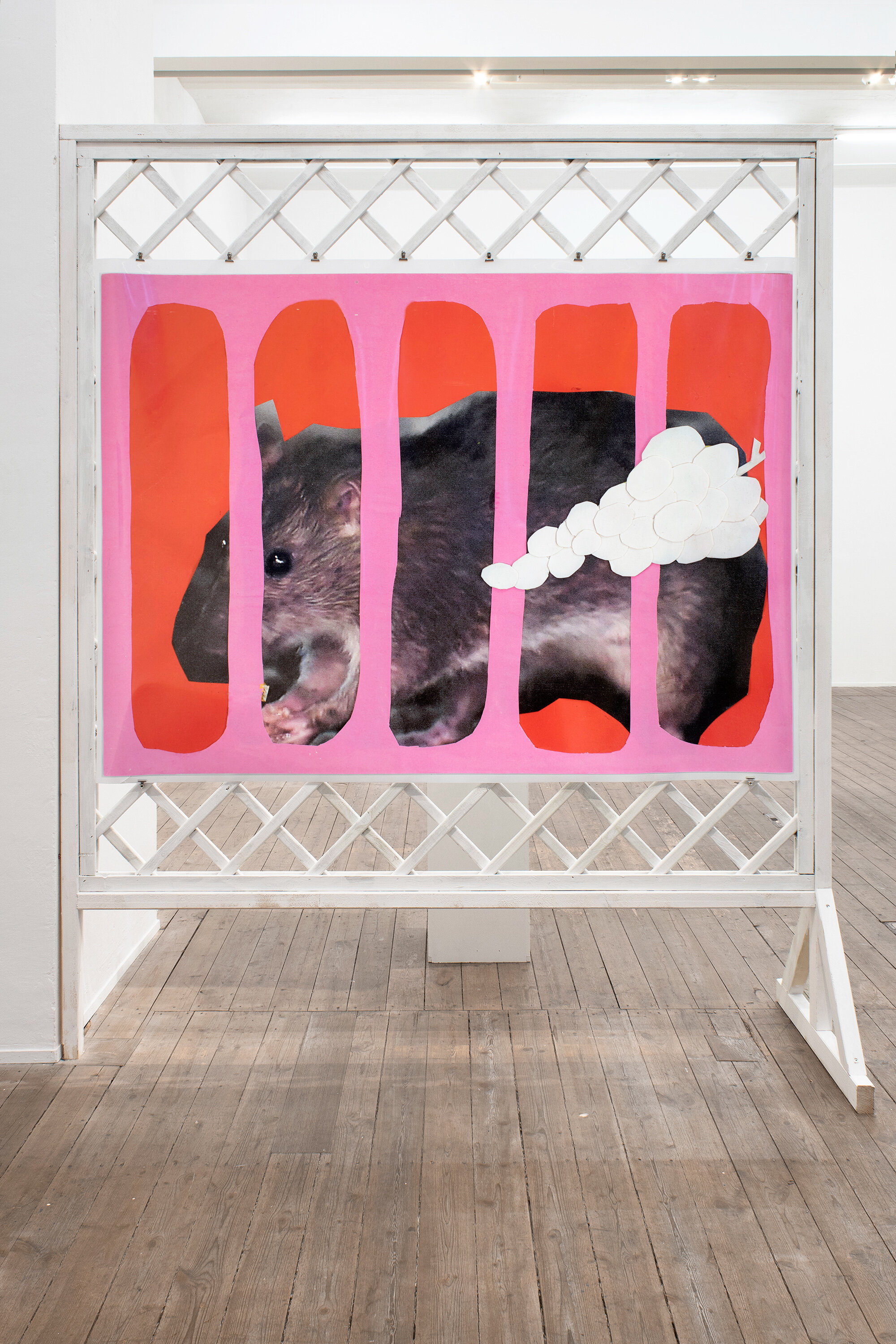See you later, alligator
Olga Hohmann
The expression See you later, alligator originated in the early 20th century, when it was trendy among bourgeois families in Manhattan to give their children small crocodiles, which were then taken for a walk on leashes in Central Park, like dogs. But because the crocodiles regularly bit the children and the parents, or nannies, grew tired of doctoring the bite wounds, they flushed the little crocodiles down the toilets of their Upper East Side apartments. The flushed reptiles met in the catacombs, fell in love - and reproduced. To this day, crocodiles are said to live in New York's sewers.
This story is quite obviously a rumor. For a good century it has been circulating in and around New York, no one knows how much truth there is in the tale. Just like the little crocodiles in the catacombs, these urban tales multiply, intersect with other oral histories, continue into other generations, and blur their meaning - each mouth they pass through, each individual language gives them a different flavor and aggravation.
The same thing happens with city centers, which appear over and over again in tourist photos - and hardly change noticeably. Just like when you look in the mirror every day and therefore barely notice the phenotypical changes that your own body goes through. Just like a body, the city centers of large cities always carry several temporal levels simultaneously: past, present and future are, as Walter Benjamin describes in his Passagenwerk, always present and absent in equal measure. This omnipresence is particularly evident in the shop windows - which actually always follow the latest trends or are supposed to set them: Almost never is a shop window entirely "en vogue," often a piece of history is also reflected in the slightly desperate attempt to capture the present: a kind of accidental fashion diorama, a chronism of the present. In the attempt at radical contemporaneity, one is always a moment too late.
In her exhibition Rabies Babies for DAS GERICHT, Gina Fischli deals with the semi-abstract, semi-sentimental dimension of the more or less domesticated animals of our everyday life, treating them with a kind of taxidermic care. Cat and mouse, seagull and crow become sculptures covered in fabric; in contrast to the rather sedate appearance of the works, the title makes them appear in a slightly threatening light: What communicable diseases might the animals have? Are they, despite their graceful or cute appearance, perhaps rabid? Gina Fischli's works are a tribute to all those urban savages that we, in their omnipresence, forget, that we no longer even notice because they are all too familiar to us. Loosely based on Baudrillard, these sculptures, sometimes wrapped in mimicry, are, like pets themselves, a mixture of object and subject: they are the kings and queens, perched on regal cushions that are sometimes almost identical to them, they become animated stuffed animals.
The "backdrops" are urban landscape paintings that, in their decidedly generic appearance, show how much the so called "landscape" is always a cultural construct: contrary to what the En Plain Air paintings of the 19th century make it look like, they are not images of "wild nature" but are landscape parks modeled on them. The generic merging into the specific - and vice versa: in Rabies Babies these categories as dichotomies become obsolete by being multiply linked into each other, it is a back and forth movement, a playful ambiguity. The titles are either biological generic names or proper nouns, the cat "Gina" suggests a self-portrait, the mouse in the blue coat is called "Monsieur," which refers more to the relationship to pets within bourgeois families. The paintings "NYC" and "FFM" refer, as do the angles of the motifs, to a tourist's view of the places, the abbreviations we know from merchandise. Placed in the shop window, it remains unclear to the viewer whether we can perhaps purchase the works in passing, like impromptu drawings or caricatures in the pedestrian zone.
I remember how, as a child, I once sat down on a friend's Persian cat because I thought it was a cuddly toy: The (sturdy) animal rose up from under me, meowed authoritatively, and extended its claws - it was fiercer and more resilient than one would have given it credit for. The neediness of pets - clearly just a rumor.
Last week, at dinner, I heard another rumor: a man is being sued by the animal-loving judge for a year and a half in jail (without evidence) because he, in a quarrel, throws his wife's cat out the window. With her specific animal-loving gaze, the judge shapes the seemingly objective law - it is as malleable as the rumor that runs through the city, oral histories becoming realities.
For a while, crocodile
Gina Fischli (*1989) lives and works in Zurich. She has had solo exhibitions at Karma International (2023); Swiss Institute, New York (2022); Neuer Essener Kunstverein, Essen (2020); DELF, Vienna (2017); Forde, Geneva (2016), among others, as well as at Soft Opening, London; SANDY BROWN, Berlin and Chapter, New York. Recent group exhibitions include Miniature Biennale Düsseldorf, Düsseldorf (2022); Nothing to Write Home About, Kim?, Contemporary Art Centre, Riga (2022); Winterfest, Aspen Art Museum, Aspen (2020); SculptureGarden Geneva Biennale, Geneva (2020); A home is not a house, Fri Art, Fribourg (2020); The Garden, Royal Academy, London (2019); and SI ONSITE, Swiss Institute, New York (2019)
Gina Fischli
'Gina', 2023
Fabric, denim, plaster, wire, jewels
40 × 20 cm
Unique

Gina Fischli
'In Doubt', 2023
Archival inkjet print
140 × 170 cm
Unique